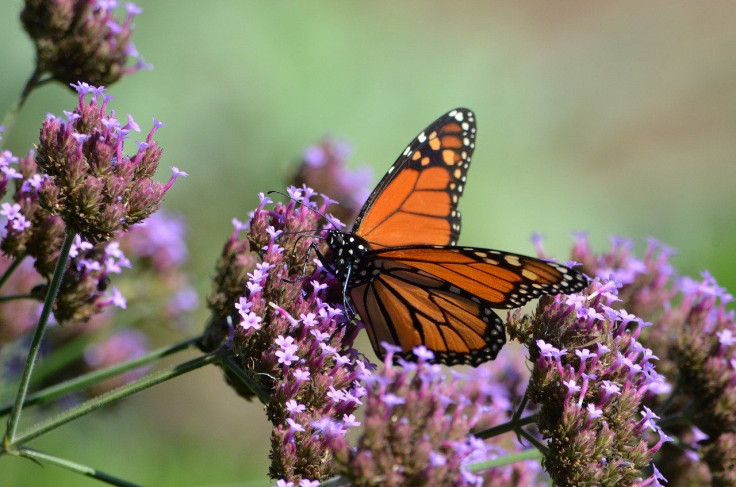Monarch Butterfly Numbers See 100-Fold Increase From Record Low, But Still Indicates Decline
KEY POINTS
- This year saw over 240,000 western monarchs compared to last year's less than 2,000
- However, it's still much lower than monarch butterflies' historic numbers
- This shows that the importance of conservation efforts: Xerces Society
The dwindling population of monarch butterflies has been a cause of concern in recent years, but the latest annual Western Monarch Thanksgiving Count yielded incredible results compared to last year's dismal numbers. However, it's still much lower than the numbers in the 1980s.
The Xerxes Society for Invertebrate Conservation revealed that this year's total yielded a "surprising and remarkable outcome" of 247,237 monarch butterflies. The number indicates more than a hundred-fold increase compared last year's number, Xerces Society noted, adding that this shows the importance of conservation efforts for the species.
In 2021, the count saw less than 2,000 monarch butterflies, marking an "all-time low" for the species, the organization noted in a news release. The two years prior to last year's record low numbers also saw less than 30,000 monarchs.
By November of 2021, however, the numbers were looking much better, with the unofficial count from researchers and volunteers showing more than 50,00 monarch butterflies at common landing sites.
The final numbers are in! In a remarkable outcome, this winter's Western Monarch Thanksgiving Count brought a final tally of 247,237 butterflies, an over 100-fold increase from the previous year’s total of less than 2,000. Read full details at https://t.co/YBs468Io8L pic.twitter.com/VZw3N3I3QG
— The Xerces Society (@xercessociety) January 25, 2022
While the exact reason for the sudden increase in the population of monarch butterflies remains unclear, the new numbers are definitely good news. The organization noted that there is likely no "single cause" for the increase. However, even if these numbers are much better than in recent years, this does not necessarily indicate that the species is recovering, Emma Pelton, the senior endangered species biologist at the Xerces Society, said, as per AP News.
"It will take multiple more years to understand if this is the beginning of a trend or just a blip," Pelton said in an online news conference, according to the outlet.
In addition, although the number seems impressive, it's actually still much smaller than the monarch butterflies' numbers in the 1980s when millions of butterflies were seen in most years. In fact, migratory western monarchs have declined by about 95% since the 1980s. The number of eastern migratory monarchs, too, has declined by 70% since the 1990s, Xerces Society noted.
"This year's total of nearly a quarter-million monarch butterflies in the West, although a step in the right direction, still indicates a severe population decline," Isis Howard, the Endangered Species Conservation Biologist for the Xerces Society , said in the news release.
"Now more than ever, we have an opportunity to double down on our conservation efforts. Harnessing the momentum of this upswing may be our best chance at aiding western monarchs and other at-risk butterflies," Howard added.
People can help monarch butterfly populations by simply planting native milkweed species and a variety of native nectar plants. It's also important to minimize or even stop using pesticides, while those who can may also help community projects that track monarch butterflies.

© Copyright IBTimes 2024. All rights reserved.






















